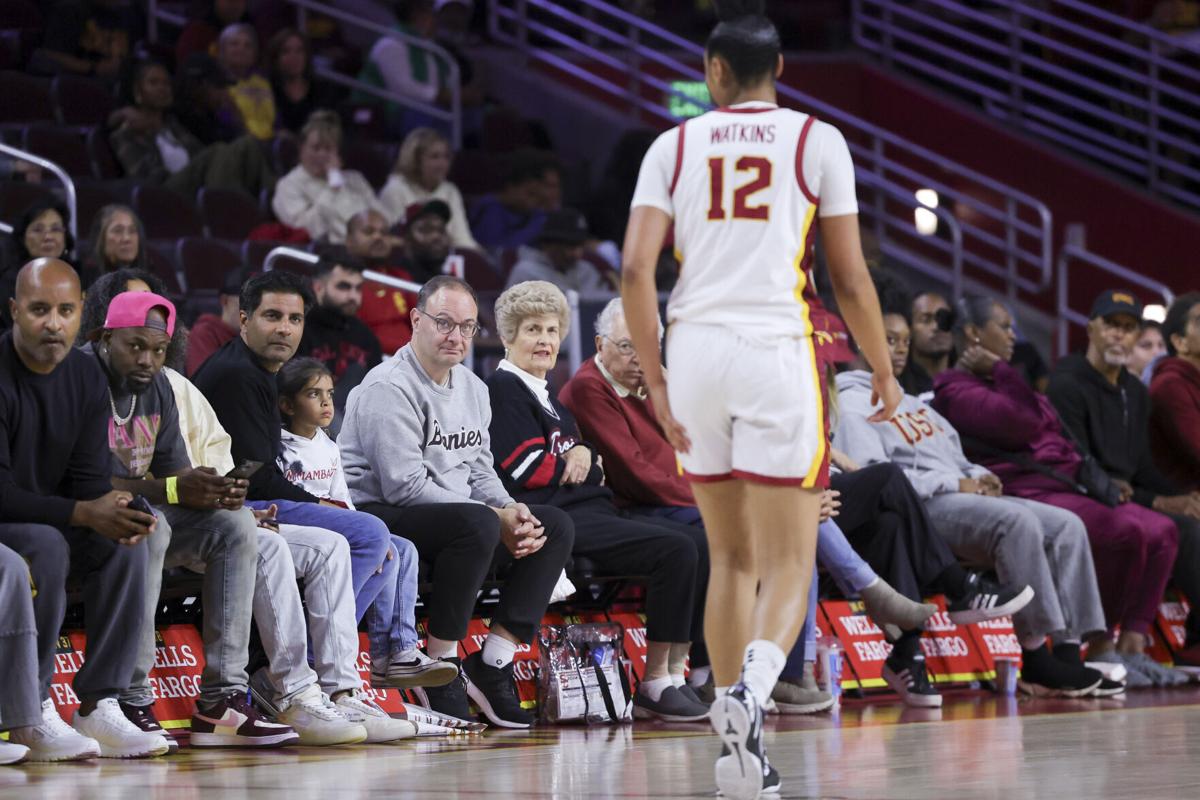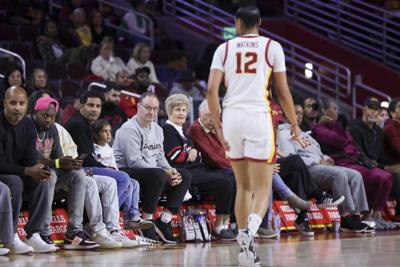OLEAN, N.Y. — Adrian Wojnarowski is cleaning out his office of cell phones and press passes, and even offering dinner dates in a bid to raise name, image and likeness funds for the St. Bonaventure men’s basketball program.
The former ESPN NBA reporter, best known for his breaking news “Woj bombs,” went to social media on Monday to announce an online auction to support his role as general manager of the Atlantic 10 team.
Among the items up for bid are Wojnarowski’s ESPN ID badge, various press passes as well as several iPhones he used to break news, including the one announcing his departure from ESPN for St. Bonaventure in September.
Most items have minimum bids ranging from $90 — Wojnarowski’s 2023 NBA all-star game credential — to $525, the phone he used to announce the NBA suspending play because of the COVID-19 pandemic in 2020.
People are also reading…
Also up for bid are an unlimited number of video chats and dinners with Wojnarowski.
Upon joining his alma mater, the 55-year-old Wojnarowski is overseeing a wide range of responsibilities while working alongside coach Mark Schmidt and his staff. His duties include focusing on NIL opportunities, transfer portal management, recruiting and alumni player relationships.
In the interest of profits, female student-athletes get left behind more than 50 years after Title IX
Differences in expenses often tied to differences in revenue

Critics often note that women's teams earn less than men's to justify funding discrepancies. Yet, the Department of Education data shows that revenue matches expenses for both men's and women's teams.
In other words, women's teams yield the same revenue as men's teams do relative to their funding. Even when women's teams yield the same financial turnout relative to their expenses, they are still allocated less funding, most notably among basketball teams.
Across Division I basketball teams, schools spent a whopping , for equipment, recruiting, and travel expenses—a 60% funding disparity, according to a USA Today analysis published in 2022. Funding disparities are glaring among NCAA single-gender sports, like beach volleyball and wrestling, where the NCAA spends over $2,000 more per student-athlete for men's championships than women's, according to Kaplan Hecker & Fink's report.
The problem with revenue determining budgets in college athletics

Expenses for recruiting, game day needs, and travel, which differ immensely across sports, also reflect unequal allocation across gender differences, even when comparing the same sports. 's analysis found universities spend 62 cents on travel-associated costs for women's basketball games for every dollar they spend on men's games.
The University of Louisville spent $754,265 on its men's basketball team and $24,157 on its women's team—a funding ratio of 31 to 22. The inequality is even more apparent when you consider that Louisville's women's basketball team has qualified for the NCAA tournament for the past 13 years, while the men's team only qualified seven times in the same time frame, most recently in 2019.
Recruitment budgets also diverge by gender for Division I schools

Schools in the football division have the highest disparities in funding between their male and female athletic recruiting spending.
Recruiting disparities remain even when accounting for football. USA Today points out that female athletic programs in basketball, softball, soccer, tennis, and golf are all experiencing recruitment underfunding compared to male teams. The amount universities across the NCAA spend on recruiting male athletes is up to quadruple the amount they do on women athletes. However, it's not due to lack of interest. A found participation in girls' high school sports is more than 10 times greater than it was when Title IX passed, reaching 3.4 million student-athletes in 2019.
Story editing by Elena Cox. Copy editing by Kristen Wegrzyn.
This story originally appeared on and was produced and distributed in partnership with Stacker Studio.
In the interest of profits, female student-athletes get left behind more than 50 years after Title IX















